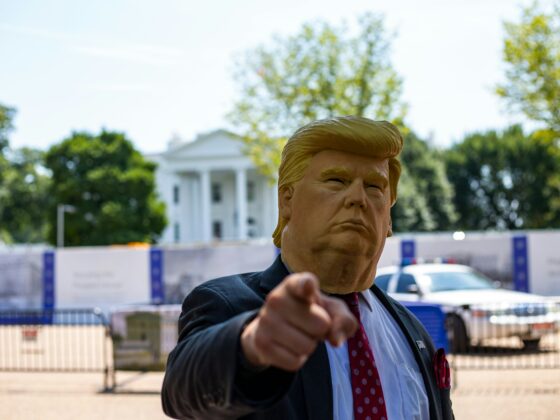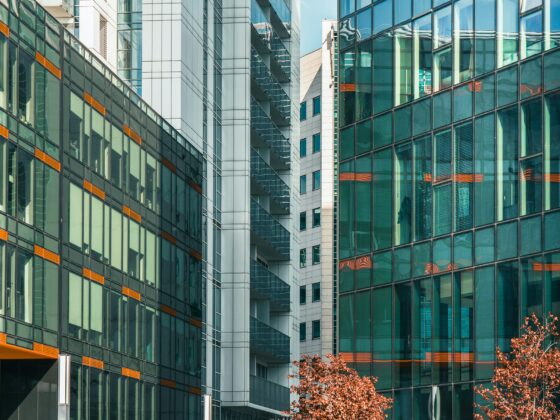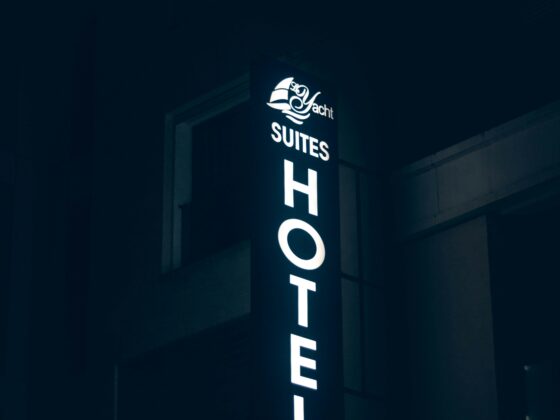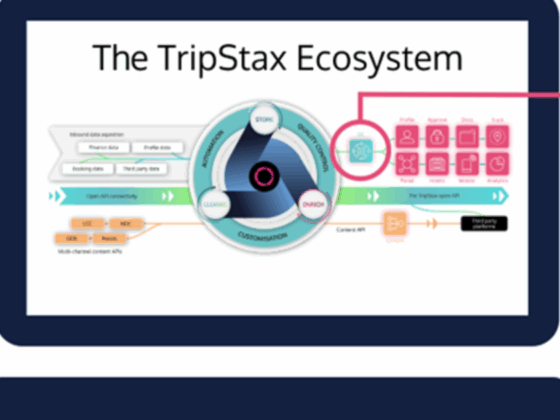
The French hotel industry presents a contrasting picture as we enter 2025. On the one hand, Paris is shining brightly, buoyed by exceptional momentum. On the other, the regions, including the Capital Region outside Paris, are struggling to keep pace, revealing economic weaknesses to date.
Paris continues to set new records, buoyed by the halo effect of last year’s Olympic Games and a particularly rich calendar of events in odd-numbered years. Leisure customers remain buoyant, and the months of May and June, marked by events such as the Paris Air Show, continue to support strong hotel performances. With occupancy rates in excess of 80% since the start of the year, and upscale’s average daily rates close to €400 excluding VAT, the Paris hotel industry has already secured a good part of its performance for 2025.
Can the trees reach the sky? Parisian hoteliers are beginning to feel the “plateau”. Bookings for August are struggling to get off the ground, which could be an indication of saturation, or of customers’ increased caution in the face of economic uncertainty.
However, an interesting phenomenon could save the day. Will “gig-tripping” provide a positive answer to these questions? The impact of themed events, such as festivals, concerts and other sporting events, is systematically boosted by social networks. For example, the call on TikTok to join Parisians for the Fête de la Musique resonated with the English and Dutch, bringing in many last-minute tourists. Historically a local event, the Fête de la Musique in Paris now attracts an international clientele.
Similarly, Beyoncé’s concert at the Stade de France drew a large number of American tourists, attracted by the more affordable ticket prices and stays in Paris than in the United States. This phenomenon is nothing new, we’ve already analyzed the impact of Taylor Swift concerts around the world, but it confirms a new approach to travel motivations. All in all, it’s good news for our sector.
But let’s face it.
If the balance is so favorable to Parisian hoteliers, it’s also because they are benefiting from the restrictions imposed on seasonal tourist rentals and a discreet increase in hotel supply (less than 3% in the capital during the Olympic year). We must remain vigilant, however, as this situation could change in the long term if restrictions are relaxed or hotel supply increases significantly.
On the other hand, the activity in the provinces and the Paris region (excluding Paris) is more complicated, including in the budget segment traditionally perceived as a rock of stability. Two factors explain this persistent weakness: a lack of dynamism on the part of corporate customers (including construction and public works), and the loss of purchasing power among leisure customers. The latter is much more marked in the provinces than in Paris, supported by international clientele.
This raises the question of future trends. Overall, French hospitality has reached a plateau in terms of both visitor numbers and average prices. For the moment, we’re riding this crest. Let’s hope we don’t fall into the trough of a wave that could carry us towards a gloomier economic horizon.
Paris, with its dynamism and exceptional performance, stands as a beacon amidst a thick geopolitical and economic fog. However, this light should not blind us to the challenges that lie ahead for the rest of the country. It is crucial to think about solutions to restart the momentum in the provinces and in Île-de-France outside Paris, in order to ensure long-term prosperity for the entire French hotel sector. The metropolitan areas, in collaboration with the regions, have a key role to play in terms of attractiveness. The Covid hiatus was largely favorable to the provinces. It would be a shame if this enchanted interlude were only temporary.








